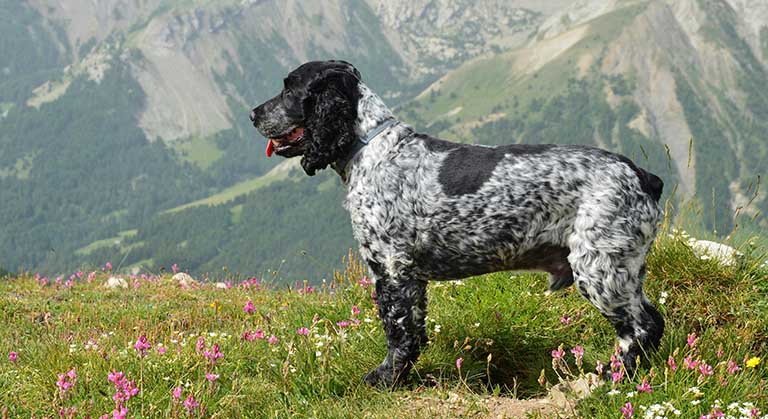In a world where sustainability is increasingly becoming a priority, extending eco-conscious practices to our beloved pets is both timely and essential. From the toys they play with to the waste they generate, there are numerous opportunities for pet owners to minimize their pet’s environmental impact. In this blog, we delve into sustainable pet supplies, innovative composting techniques, eco-friendly grooming practices and explain why spaying and neutering are eco-conscious practices. Discover how small changes in pet care routines can make a significant difference in reducing negative environmental impact.
Eco-Conscious Grooming Practices
When it comes to grooming practices, there are several ways to be eco-friendly. Firstly, purchase natural brushes and combs crafted from sustainable materials like bamboo or wood, which tends to outlast their plastic counterparts. Secondly, prioritize eco-friendly shampoos and conditioners containing natural, biodegradable ingredients, and devoid of harsh chemicals like sodium lauryl sulfate and synthetic fragrances. Look for products enriched with organic oils such as jojoba, olive or coconut, and check the packaging to see if it is made of recyclable materials.
Thirdly, minimize water usage during baths by being mindful of the amount used. Fill the tub or basin with just enough water to cover your dog’s knees or half way up their legs. You can also utilize a handheld shower head to target specific areas. Remember to turn off the water while lathering and only turn it back on when it’s time to rinse.
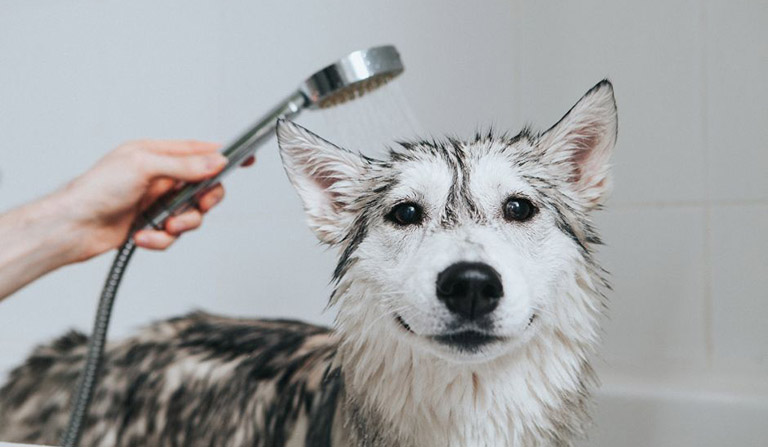
Spaying & Neutering Pets
Spaying and neutering pets contribute to eco-friendly practices. By controlling the pet population, these procedures decrease the number of animals in shelters or on the streets, ultimately lessening the environmental impact linked to large populations and resources needed to care for them. With fewer pets reproducing, there’s reduced demand for resources like food, water and shelter, all of which come with environmental costs. Moreover, spaying and neutering help lessen the pet overpopulation, minimize pet waste and enhance the overall health of pets.
To read more about spaying and neutering your pet read here.
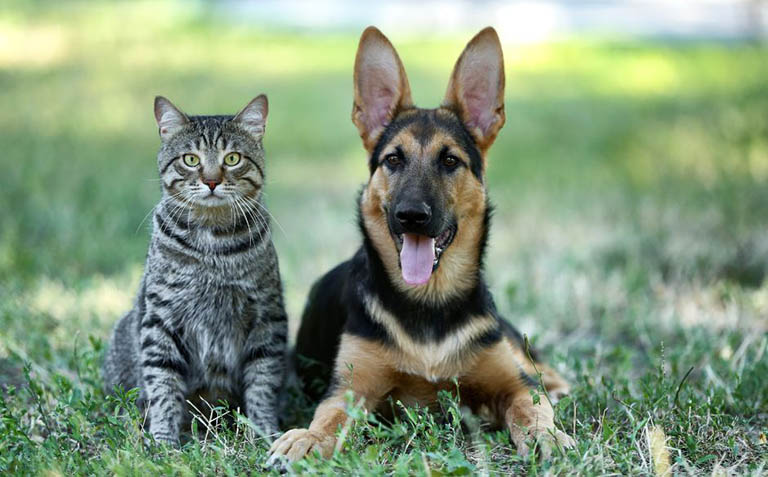
Sustainable Pet Supplies
Eco-friendly Pet Toys
Choosing eco-conscious pet toys made from materials like recycled rubber, hemp, organic cotton, bamboo or cork is an effective way to minimize plastic waste and reduce your pet’s carbon footprint. These sustainable options prioritize materials that are biodegradable, ensuring they break down naturally over time instead of lingering in landfills for years, which can release harmful chemicals into the environment. Moreover, eco-friendly pet toys offer toxin-free playtime for your cat or dog, contrasting with traditional toys that may contain harmful chemicals and additives posing risk to your pet’s health. With a focus on quality and craftsmanship, these toys boast a durable design for long-lasting fun.
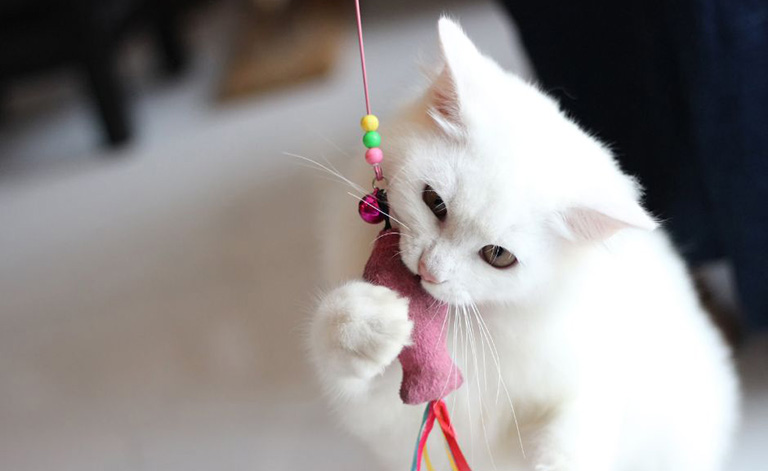
Compostable Waste Bags
Compostable waste bags for pet poop provide an alternative for pet parents striving to be eco-friendly. On average, a pet owner uses approximately 1,000 poop bags within a year. Unlike traditional plastic bags that can take hundreds of years to decompose, compostable poop bags break down naturally over time, minimizing their impact on the environment. These bags require precise levels of moisture, air and heat, however, so know that throwing compostable bags in the trash won’t actually benefit the environment. Even the best biodegradable bags won’t degrade in a landfill, where compression and the lack of oxygen lead to “mummification” of garbage.
It’s important to note that not all “biodegradable” poop bags are biodegradable. When searching for biodegradable waste bags, look for certifications from reputable organizations like BPI or TUV AUSTRIA. These certifications verify the bag’s ability to break down effectively under the right conditions, guaranteeing a minimal environmental impact.
Composting
Composting is nature’s way of recycling organic matter and expediting the natural decomposition process. By harnessing this process, we can effectively reduce waste in landfills and carbon emissions while simultaneously enhancing soil health and preventing erosion. Moreover, composting contributes to water conservation efforts, making it an environmentally beneficial practice with far-reaching impacts on sustainability.
Compositing Dog Fur and Cat Hair
Both dog fur and cat hair are natural sources of nitrogen, which plants thrive on. You can collect the fur or hair through at-home grooming methods such as combing, clipping and brushing, or simply gather it during their natural shedding process. Exercise caution when using hair collected from a vacuum, as it may be mixed with non-compostable items. It’s also advisable to use eco-friendly products and avoid harsh chemicals to not contaminate the hair or fur as it won’t be able to decompose properly.
When composting hair, try not to leave it in clumps or mats in a compost pile. The hair leads compost piles to retain extra water and needs to be spread among other organic materials in order to break down. Read here for more information about composting pet hair.
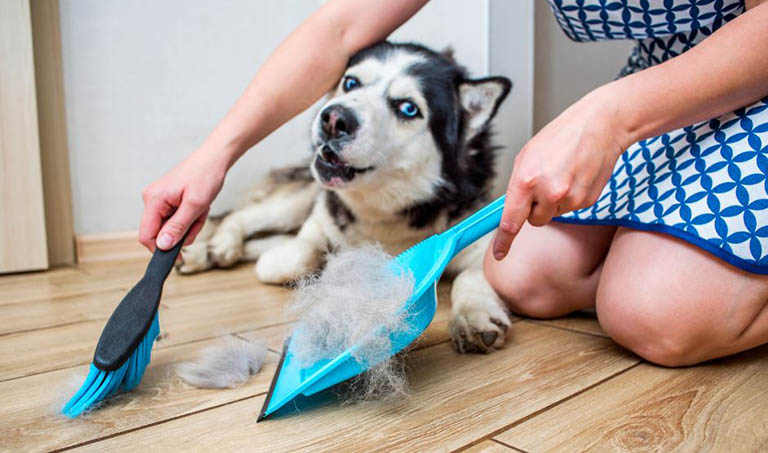
Composting Pet Waste
The benefits of pet poop composting are that it removes raw dog poop from the environment where it can pollute groundwater and streams, and the waste is an excellent source of organic matter to add to your plants. Though good for flowers, trees and shrubs, do not compost pet waste with the intention of adding it into your edible garden’s soil. Especially cat poop, as it has parasitic diseases that are not eliminated by normal composting. If you have a compost pile for your vegetable garden, ensure you keep your pet waste compost pile separate.
Cat poop generally decomposes within 3-6 months, while dog poop can break down in approximately 4-8 weeks. However, these decomposition rates are contingent on the temperature of the compost pile and other factors.
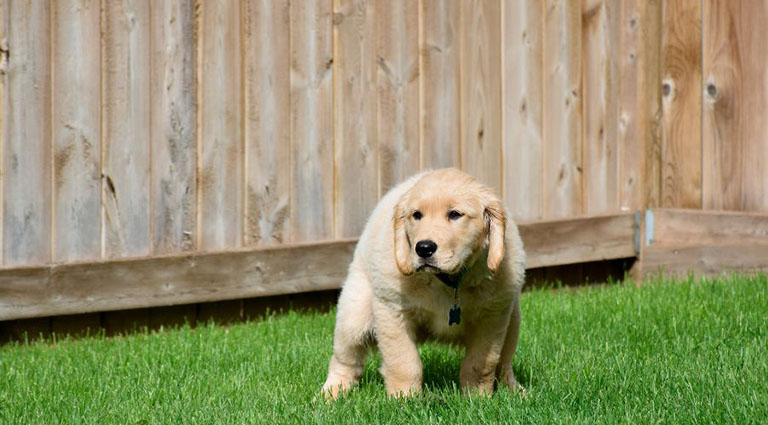
Biodegradable Litter
Cat poop collected from regular litter should not be added to a compost pile due to the presence of undisclosed fragrances or bentonite clay, which can be harmful to both humans and to the environment. Opting for eco-friendly cat litter is the way to go. There are numerous zero-waste *brands available that can be composted along with waste itself. Alternatively, consider using newspaper, wood shavings, sawdust, sand or potting soil as eco-conscious litter options.
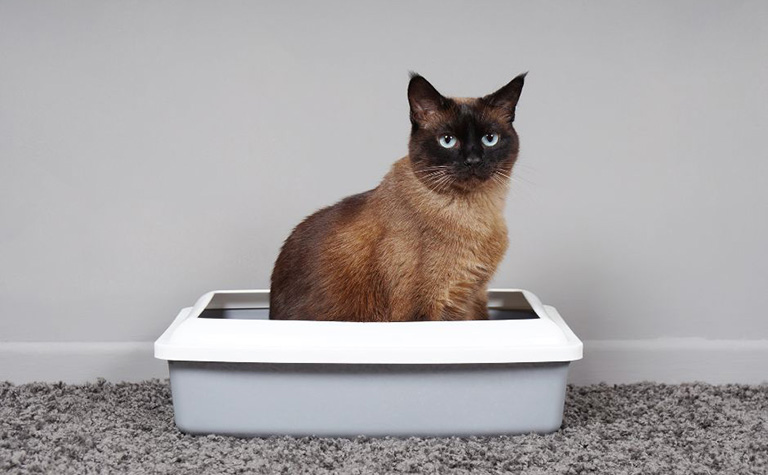
Utilize a Pickup Service to Compost Pet Hair and Pet Waste
The easiest option is to utilize a local compost pickup service if one’s available. Many areas have local companies that either collect compost from homes or provide dropoff options. This allows individuals the ability to help the planet and feel good about composting while letting someone else do the dirty work.
If utilizing a local service, always check their guidelines before adding materials to your bin; many companies do not accept pet waste, while others require pet waste to be separated from other compostable materials. To ensure efficient decomposition, avoid overwhelming a bin with hair. Instead, add small quantities at a time, spreading them thinly to encourage breakdown.
Methods for Composting Dog Fur, Cat Hair and Dog Poop at Home
Hot composting, also known as open air composting, is the traditional method of optimizing microbial activity by creating a pile of green or brown matter in your backyard container. The ideal hot compost pile measures approximately 4 ft wide and 4 ft high to ensure sufficient heating. Placing the compost in full sun is crucial, as shade can hinder the process. Regularly turning the compost promotes heat generation. This method yields fast results, typically 3-4 weeks, and is most effective in warmer climates than cold climates.
Cold composting, similar to hot composting but with smaller waste quantities, doesn’t generate as much heat. In cold composting, continuously add materials to the pile without turning it. Begin by gradually incorporating small amounts of organic waste into your compost bin. This process typically takes 6 months to a year to complete.
The most ancient and efficient composting method is direct burying. This entails digging a hole and burying your pet’s fur along with food scraps. Make sure that only worm-friendly waste fills the hole, and dig it to a proper depth to prevent wildlife from disturbing it. Worm-friendly waste comprises non-acidic fruits, coffee ground, vegetable peelings, tea leaves, crushed eggshells and anything in its natural state.
Tumbler composting utilizes specialized containers to efficiently contain the composting process, resulting in reduced odor compared to other methods. This approach enables the composting of large quantities of green and brown waste. Regularly turning the tumbler every few days is important, requiring physical strength and sufficient space is necessary to accommodate this bulky system.
Nurturing Pets and the Planet
As responsible pet owners, we hold the power to make mindful choices that benefit both our furry friends and the environment they inhabit. By embracing sustainable pet supplies, eco-conscious grooming practices and composting, we can pave the way for a greener future. Every small action can add up to a significant impact. Let’s continue to nurture our pets while also nurturing the plants.
